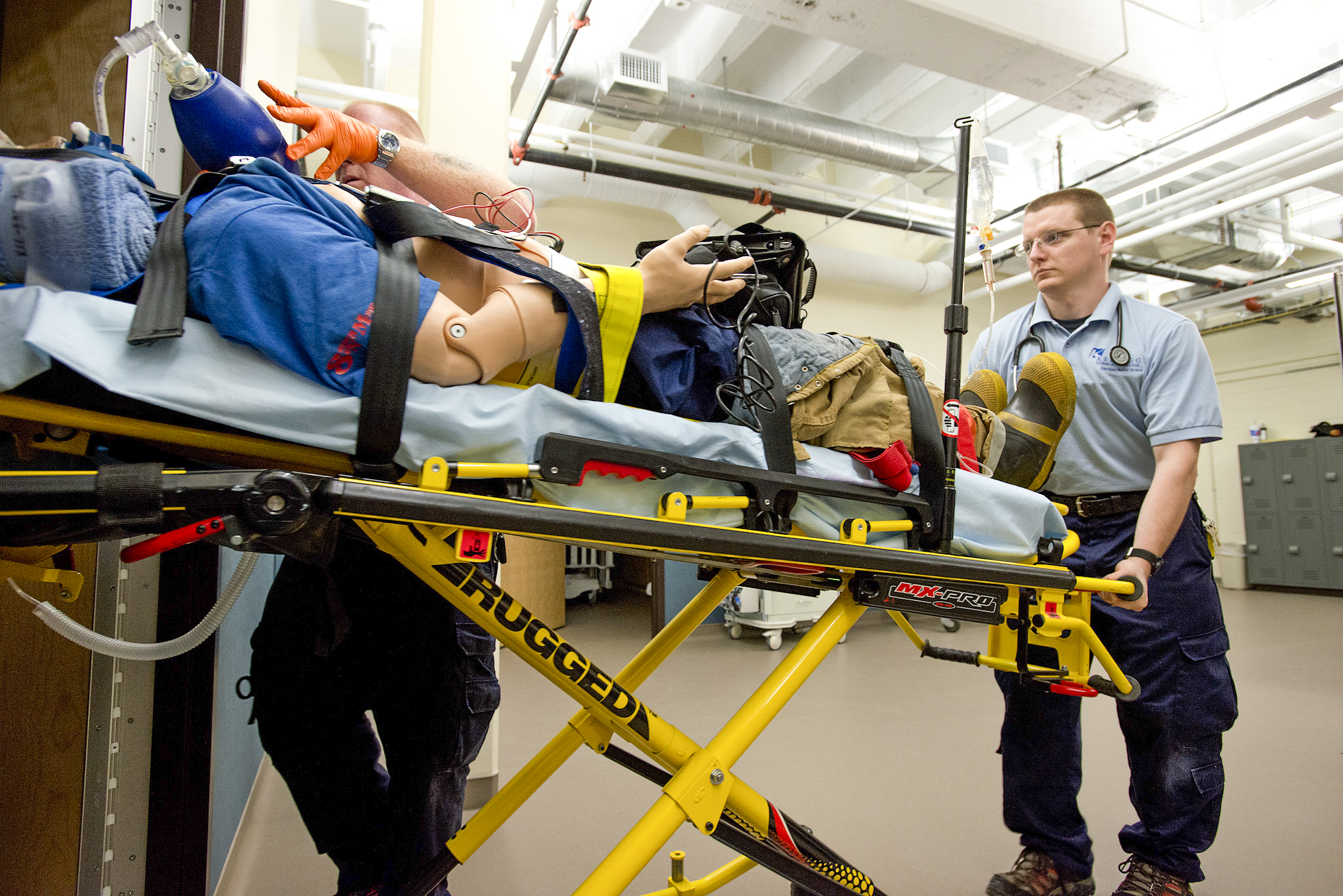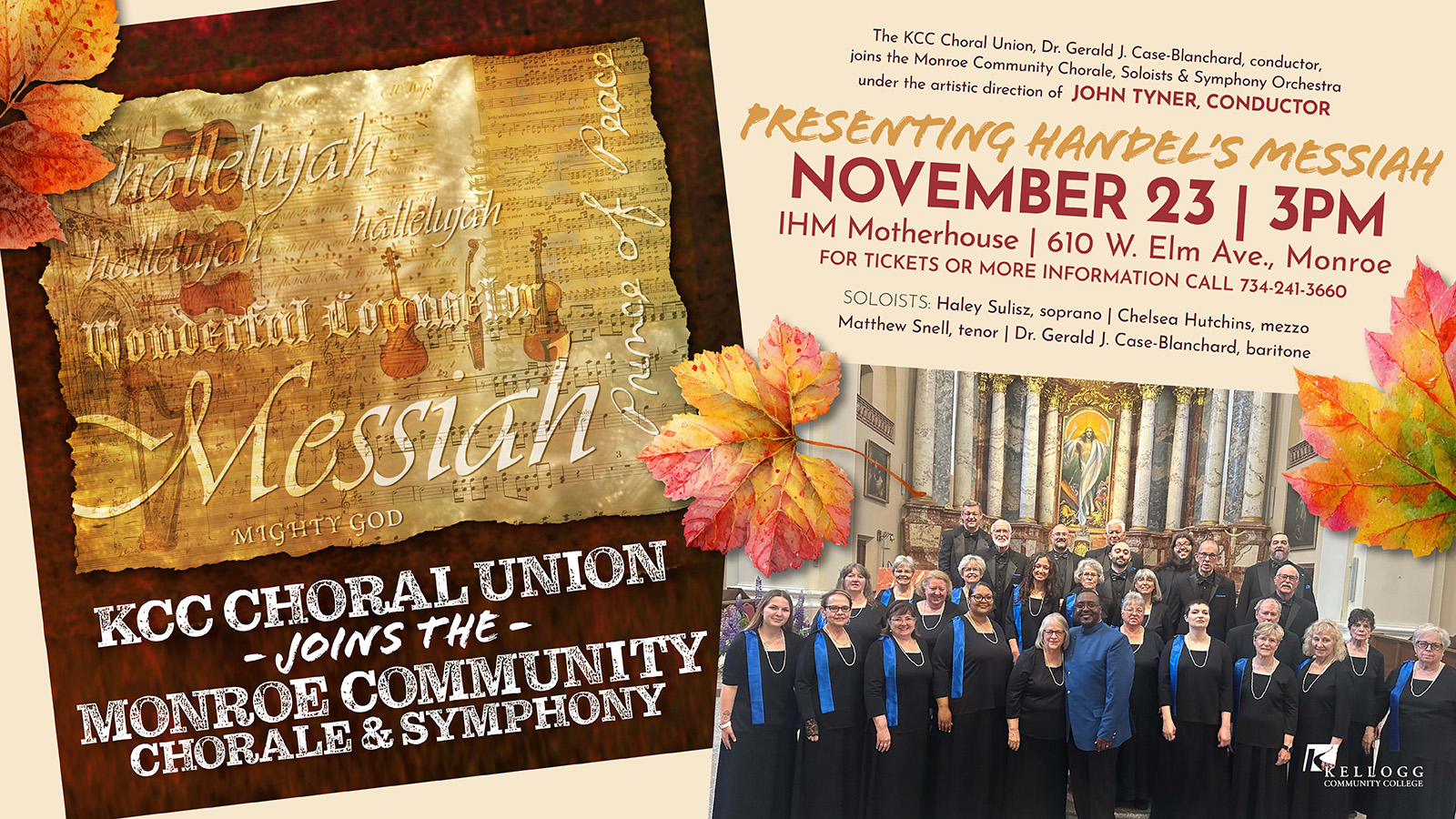While Kellogg Community College offers many programs for those interested in working in health care, the Public Safety Education department’s Emergency Medical Services programs provide a path for students who want to be on one of the front lines of helping others.
New students, though, may not know if they want to become emergency medical technicians (EMTs) or paramedics, or that there is even a difference between them.
Within the EMS field, there are distinct certificate programs that serve different needs for students, from entry level education to advanced classes that end with a full paramedic certification.
Medical First Responders
The first level of EMS certification training at KCC is the Medical First Responder training course. Topics such as CPR, bleeding control, airway management, splinting, extrication, oxygen therapy and other emergency situations are covered, providing an education that can lead to licensure with the Michigan Department of Health and Human Services.
KCC’s MFR Certificate is designed for anyone who might have to care for a sick or injured person in the time before an ambulance arrives. That can include firefighters and police officers, but is not limited to them. It is one three-credit course.
Basic EMTs
KCC’s Basic Emergency Medical Technician Certificate covers the same topics as the MFR course, but at a greater level of training. The main difference is that basic EMTs can work in ambulances and use that to continue their education to becoming a paramedic.
The one semester of 12 credit hours of courses includes ambulance operations, defensive driving and clinical experience.
Paramedics
The four-semester, 44 credit hours of courses for KCC’s Paramedic Certificate will end with students certified as paramedics. That’s after work that includes studying cardiology, pharmacology, pediatrics, obstetrics and more. Students will learn how to give medication, use defibrillators, start IVs, read EKGs and other skills.
The Paramedic Certificate requires a Basic EMT license and a current CPR certification.
KCC also offers an Associate in Applied Science in EMS degree that adds general education courses to the Basic EMT and Paramedic Certificate programs.
For more information about KCC’s EMS programs, visit www.kellogg.edu/ems. EMS Education Faculty Coordinator Clark Imus can be reached at 269-565-2652. Information is also available on the Emergency Medical Services at Kellogg Community College Facebook page at www.facebook.com/KCCEMS.














